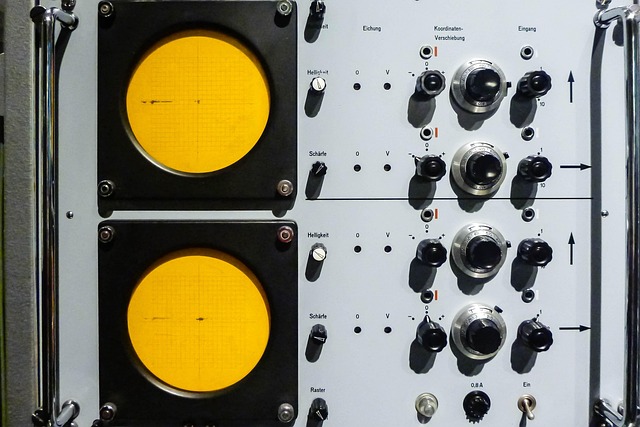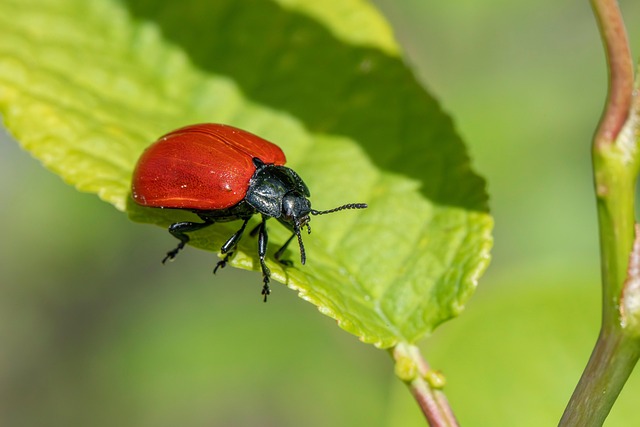Raccoons frequently occupy attics due to hiding spots and food sources. Signs of infestation include vegetation buildup near the roof, damaged vents or shingles, unusual smells and noises, grease stains, droppings, paw prints, rub marks, discarded food remnants, small entry points, and strong musky odors. To prevent an infestation, seal all entry points, focus on regular exterior maintenance, and be vigilant for telltale signs of raccoon activity.
“Are you concerned about a potential raccoon infestation in your Lakewood home? Understanding these elusive creatures’ behavior is the first step towards effective wildlife control. This guide delves into the signs of a raccoon invasion, from visual clues like droppings and tracks to the telltale sounds they make. By recognizing these ‘signs of a raccoon infestation in my Lakewood attic’, you can take proactive measures with our expert-backed proofing strategies to ensure a safe, pest-free living environment.”
- Understanding Raccoon Behavior: Signs in Attics
- Visual Clues: How to Spot an Infestation
- Effective Proofing Strategies: Keeping Them Out
Understanding Raccoon Behavior: Signs in Attics

Raccoons, known for their dexterity and adaptability, often find attics an attractive hiding spot. Understanding their behavior is crucial when it comes to wildlife proofing your home. These clever creatures are primarily nocturnal, so they’re most active during the evening and early morning hours. They’re excellent climbers, with a preference for dense vegetation and tree cover, making them adept at reaching rooftops and finding entry points into attics.
If you suspect a raccoon infestation in your Lakewood attic, look for specific signs. These might include piles of leaves or branches near the roof, broken or damaged vents or shingles, odd smells, or noises coming from above. Raccoons are messy eaters, leaving behind grease stains and food debris. You may also notice droppings—a telltale sign of their presence—which can be identified by their distinctive shape and strong odor.
Visual Clues: How to Spot an Infestation

Visual clues are often the first indicator of a wildlife invasion, especially when it comes to signs of a raccoon infestation in your Lakewood attic. Raccoons are known for their curious nature and excellent climbing skills, making attics an attractive habitat. Look for any visible evidence such as paw prints or rub marks on walls and ceilings, which suggest their presence. These animals are also messy feeders, leaving behind discarded food remnants, gnawed objects, or even scattered items in hard-to-reach areas.
One of the most obvious signs is an entry point—a small hole or opening through which raccoons can access your attic. They tend to choose openings around chimneys, vents, or cracks in the roof. If you notice any unusual noises coming from above, like scratching or scurrying sounds, it could be a clear sign of an infestation. Additionally, strong odours, particularly a musky scent, may indicate the presence of raccoons and their droppings, which can carry diseases.
Effective Proofing Strategies: Keeping Them Out

Effective proofing strategies are essential to prevent wildlife, such as raccoons, from invading your home, especially in attics. If you suspect a raccoon infestation in your Lakewood attic, look for signs like paw prints, rummaged-through debris, and droppings. These indicators suggest their presence and can guide further inspection.
To keep them out, start by sealing all entry points. Raccoons are agile climbers, so inspect your roof, chimneys, and vents for any gaps or openings. Using hardware cloth or other sturdy materials to cover these areas can deter them from finding a way in. Additionally, ensuring your trash cans are securely sealed is crucial, as raccoons are attracted to easy-to-access food sources. Regularly checking and maintaining your home’s exterior is an ongoing process but will significantly reduce the risk of unwanted wildlife visitors.
A raccoon infestation in your Lakewood attic can be a serious matter, but understanding their behavior and visual clues is the first step to effective wildlife control. By recognizing signs early on, you can prevent significant damage and ensure the safety of these fascinating creatures while maintaining a pest-free home. Remember, proper proofing strategies are key to keeping raccoons at bay, allowing both you and the local wildlife to coexist peacefully.
